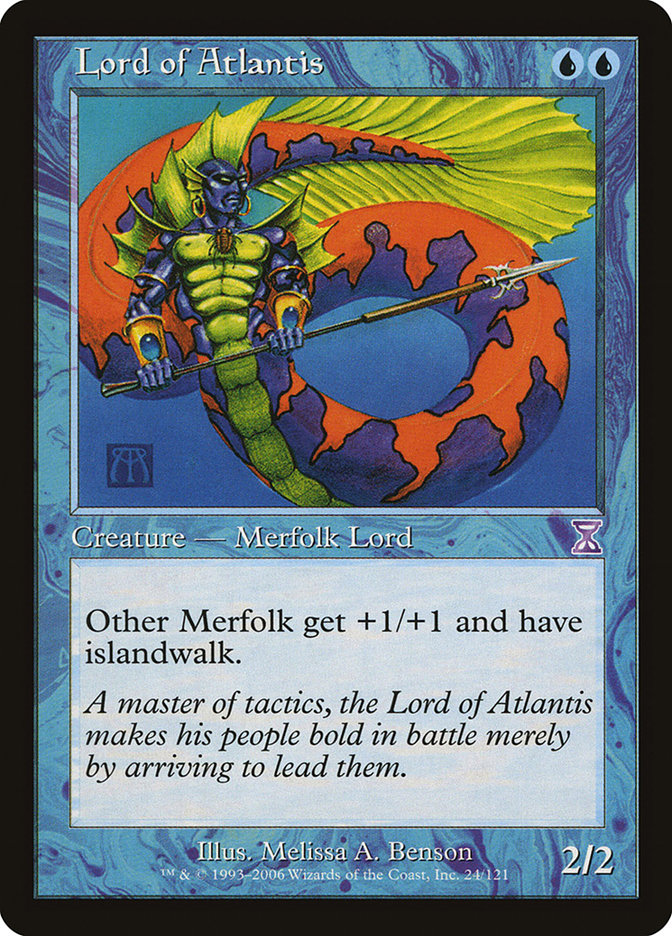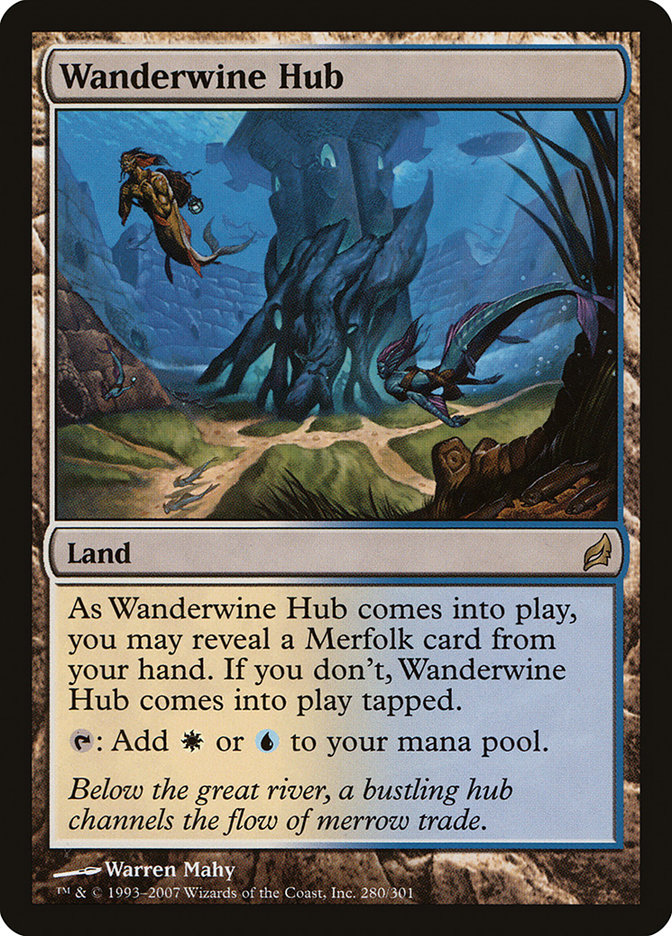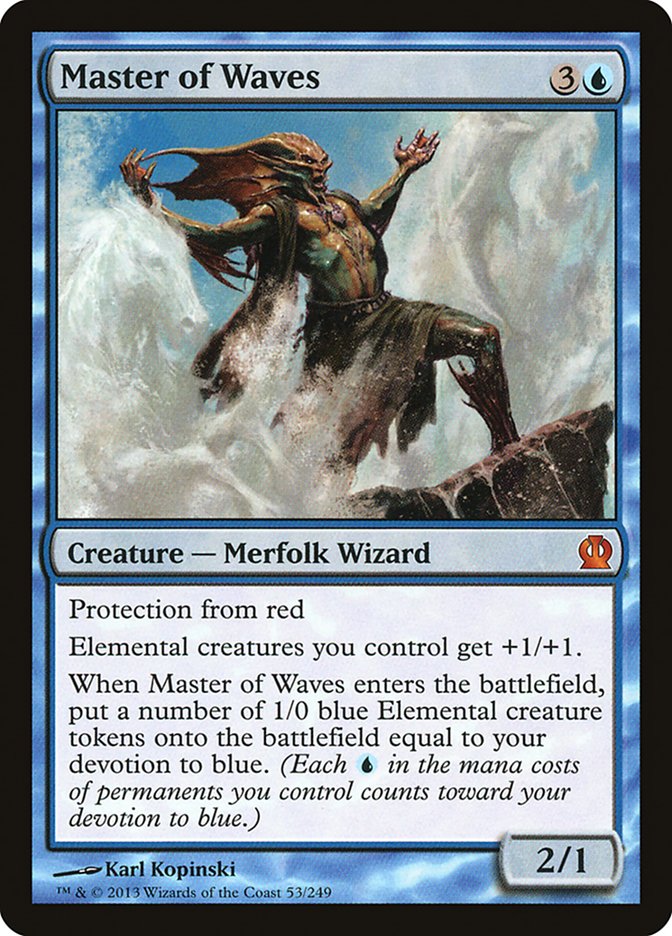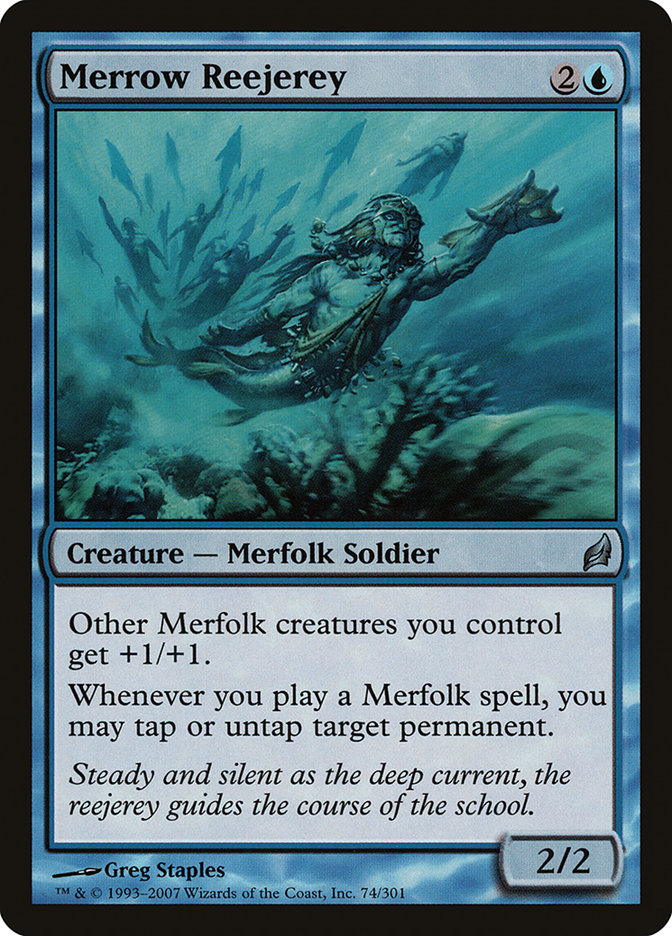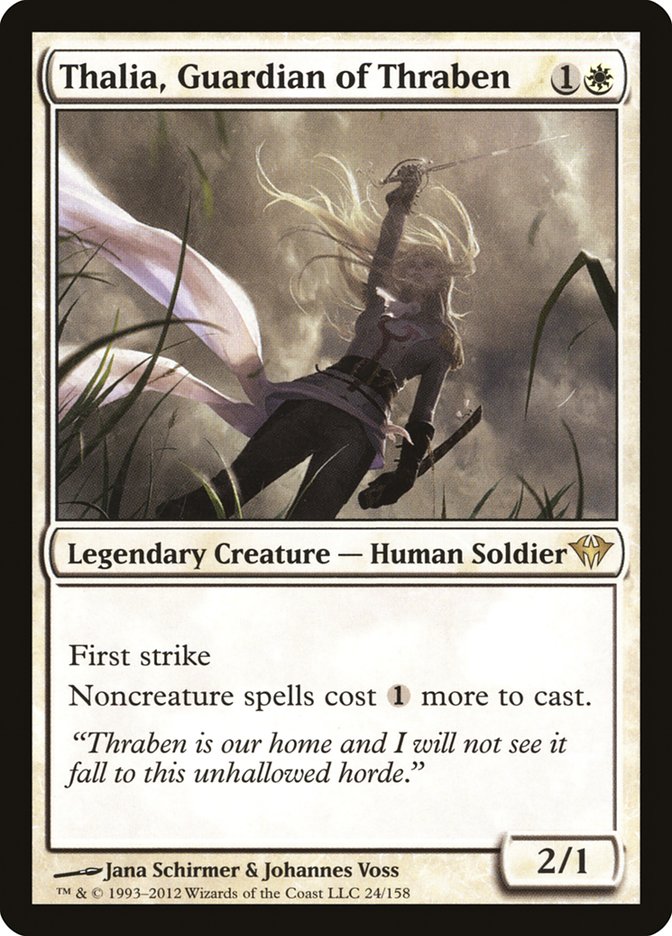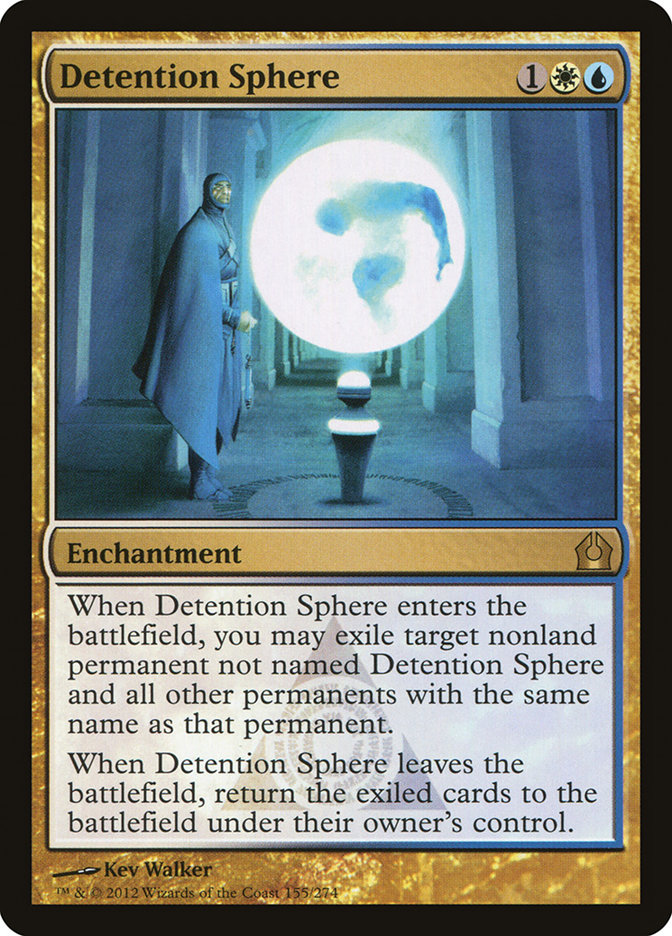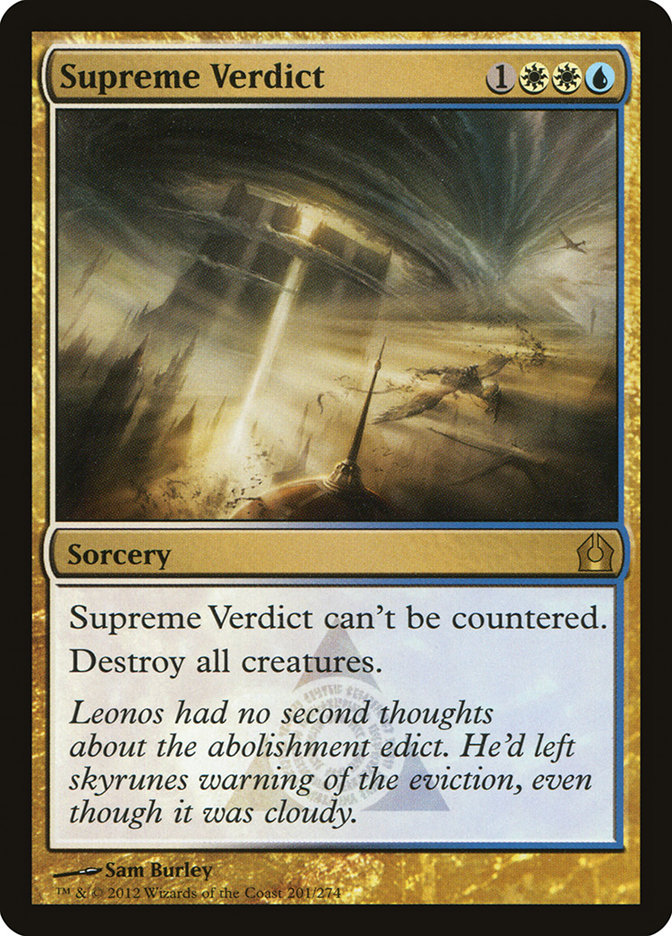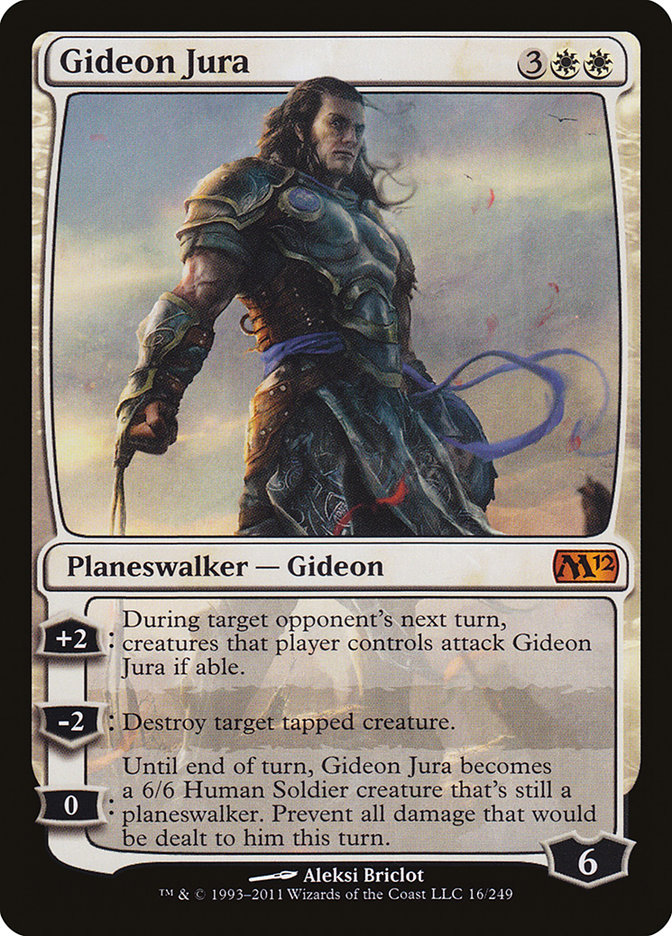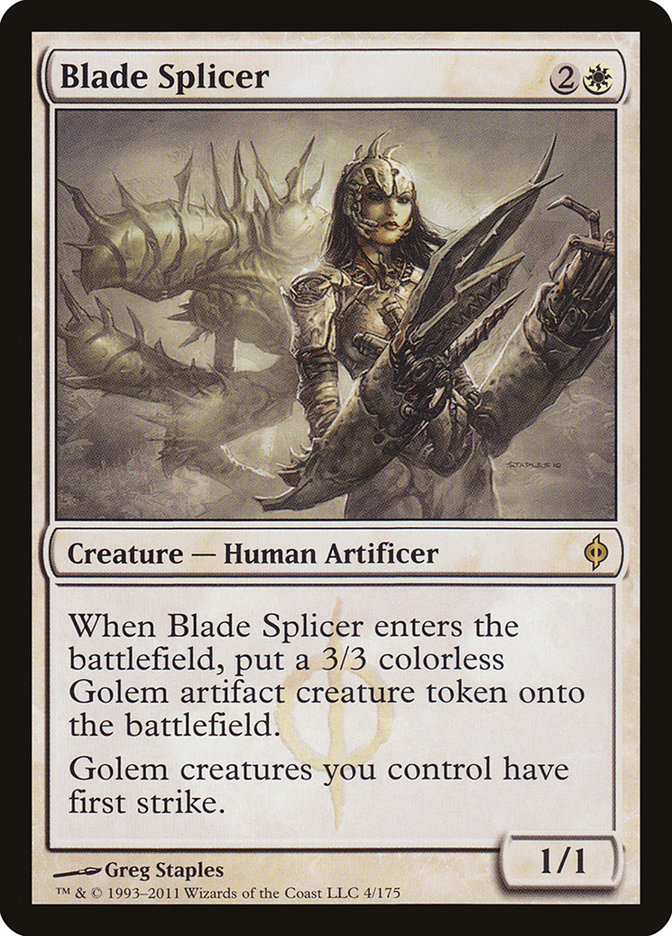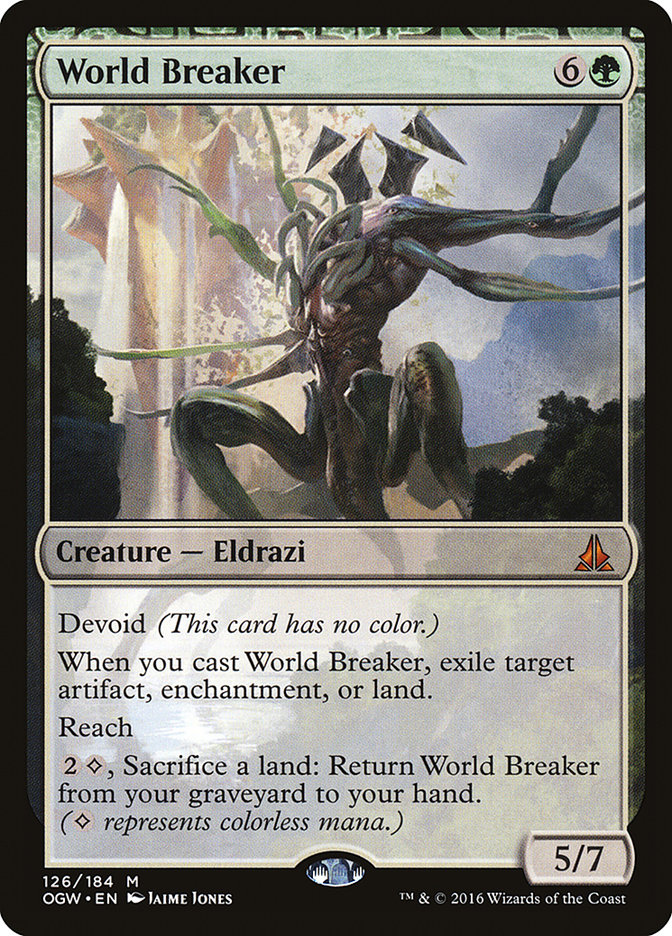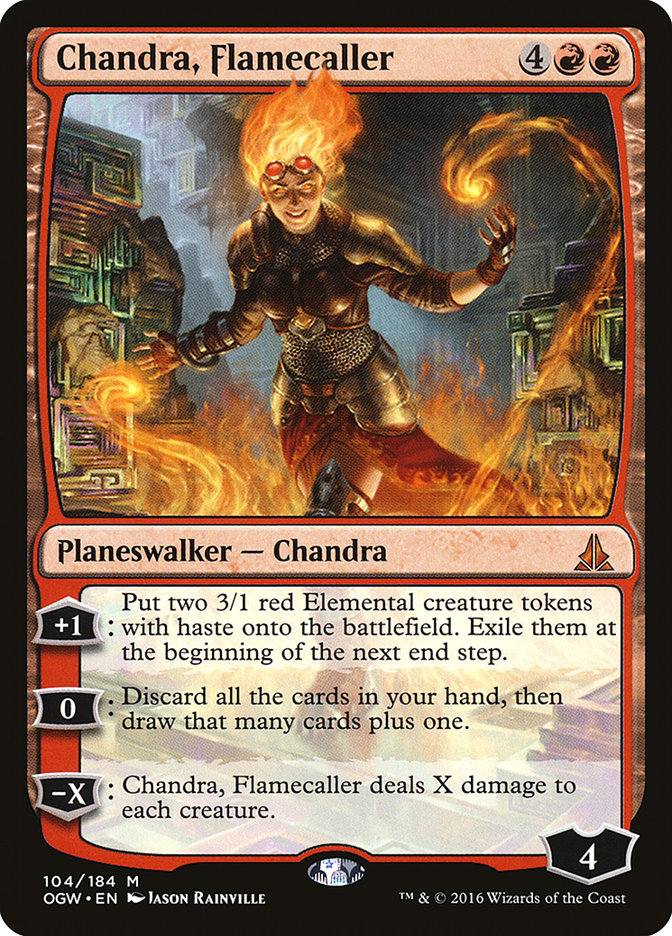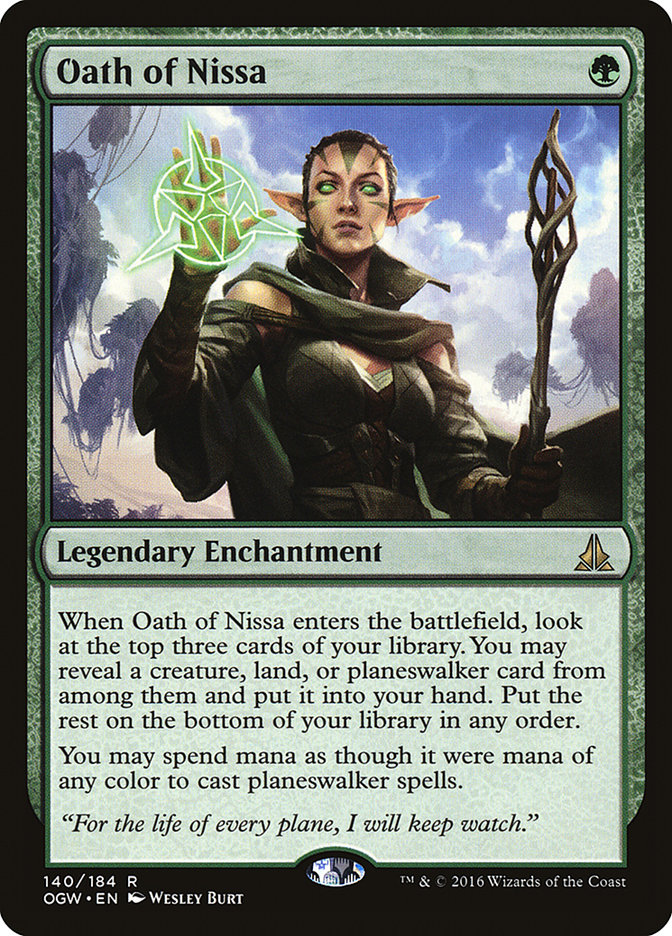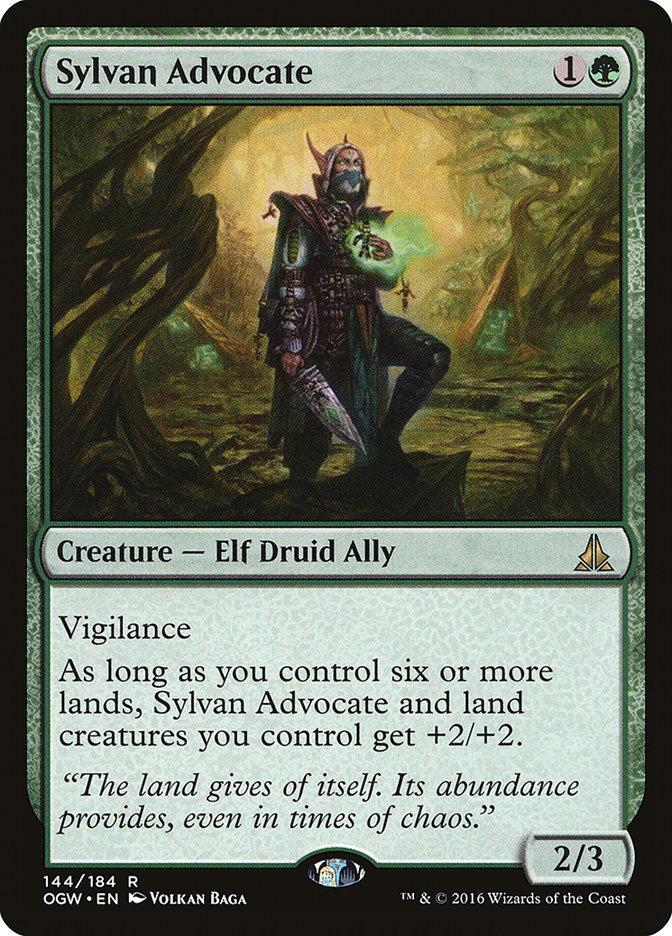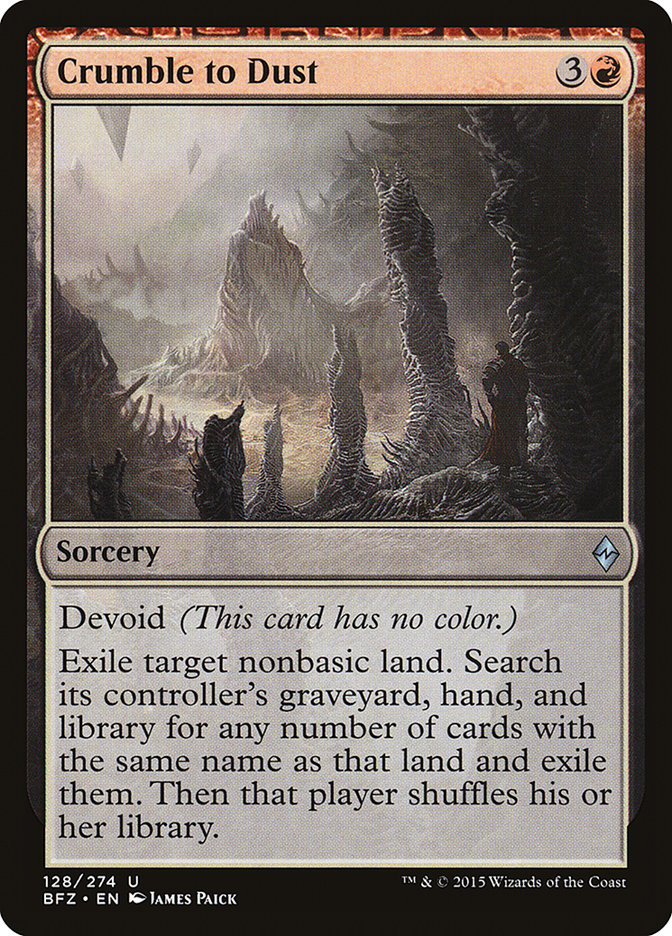
Creatures (3)
Lands (17)
Spells (40)
- 4 Ensnaring Bridge
- 4 Lantern of Insight
- 2 Pyrite Spellbomb
- 3 Pithing Needle
- 2 Thoughtseize
- 4 Ancient Stirrings
- 4 Inquisition of Kozilek
- 4 Mox Opal
- 2 Surgical Extraction
- 4 Ghoulcaller's Bell
- 2 Abrupt Decay
- 4 Codex Shredder
- 1 Ghirapur Aether Grid
Sideboard

I believe that the Eldrazi decks are fundamentally broken. More specifically, the enablers responsible, Eldrazi Temple and Eye of Ugin, are too powerful. U/R Eldrazi has proven that it hardly even matters what’s being pumped out, so long as its cost is being reduced by two.
All that said, I don’t have any real interest in being the bad guy. I’ve seen a bunch of my Roanokian friends enter the Eldrazi rat-race this week and I’m simply uninterested.
The deck is seriously busted, but trying to gain small incidental edges in the mirrors by evolving R/G Eldrazi and re-adapting Colorless Eldrazi just isn’t for me. Especially in the hyper-aggressive mirrors, it feels like the games are won and lost simultaneously by inches and landslides.
Seizing the initiative with the first “double-land” is typically the initial step, but you’re never safe from being outdrawn by a horde of Reality Smashers or a key Drowner of Hope to push through lethal damage.
What do I have my eye on?
In my Daily Digest today, I featured a Merfolk list that looks well-positioned to fight Eldrazi. Merfolk is a deck that snowballs out of control incredibly quickly, should its Lords stick around, and Harbinger of the Tides is particularly effective at handling the large top-end Eldrazi like Thought-Knot Seer and Reality Smasher.
I want to take it a step further. On the release week of Oath of the Gatewatch, I had the pleasure of bouncing my opponent’s Thought-Knot Seer with a Reflector Mage. I want to feel that again.
Creatures (29)
- 4 Lord of Atlantis
- 4 Merrow Reejerey
- 4 Silvergill Adept
- 4 Cursecatcher
- 2 Phantasmal Image
- 4 Master of the Pearl Trident
- 4 Harbinger of the Tides
- 3 Reflector Mage
Lands (21)
Spells (10)

Your first question is likely to be: “Where are the Spreading Seas?”
I think they are just far too slow. This Modern format is unrelentingly fast, and even the deck that they are “good against” has the option of just deploying a 4/4 before you even get the chance to tag a land!
In the majority of matchups, you don’t have the option to take a turn going off-curve to cast the powerful enchantment. While it does play well with Aether Vial and helps break through creature stalls, I don’t think the latter is a huge element of the Modern format as we currently know it.
What I am interested in is interacting with the battlefield as much as possible, hence the movement toward white mana to enable Reflector Mage and Path to Exile.
Reflector Mage is absurd up against the likes of Thought-Knot Seer and Reality Smasher. When deployed at instant speed in conjunction with Aether Vial, it is another powerful “Harbinger” effect for breaking up the creature combat that currently runs rampant in Modern.
The second major card missing from this Merfolk list is Master of Waves.
Master of Waves is just bad right now. Not only is it significantly slower than I believe this format allows, but a huge portion of the metagame is wielding up to four Dismembers, and those that aren’t are likely interested in jamming the full suite of Path to Exiles.
Merrow Reejerey looks great due to the record-low number of Lightning Bolts and Snapcaster Mages. Not only is Merfolk just interested in playing as many Lords as possible, but Merrow Reejery gives Merfolk a bit of a small “combo element” itself, especially when doubled up on with Phantasmal Images. Take all of this, add its natural synergy with Harbinger of the Tides and our lack of Spreading Seas to punch through, and playing four copies of the Merfolk Soldier an easy choice for me.
Our white splash also enables some interesting sideboard options. Thalia, Guardian of Thraben is an effective tool against the fringe combo decks that are starting to pop up and also Burn and Infect. Phyrexian Unlife is some borrowed Steve Rubin technology from our Pro Tour Zoo deck that can help to handle Burn, as the matchup often boils down to racing.
While I do currently have Spreading Seas in my sideboard, I’m not particularly convinced that they’re good. Again, I’m much more interested in fighting Eldrazi on the battlefield instead of trying to disrupt their mana.
That being said, if lots of green creature strategies start to pop up, I will appreciate the ability to allow us to punch through their plentiful blockers.
Merfolk is my top choice for #SCGLOU as of this writing, but that doesn’t mean I haven’t been thinking about additional lawful decks that may be able to halt the tide of tentacles.
Creatures (14)
Planeswalkers (1)
Lands (26)
Spells (19)

This U/W Control deck is fairly low on nonsense. Instead it’s just interested in playing the best interactive elements available to it within the context of the format. Path to Exile and Dismember are the best removal spells, with Condemn being an additional passable option.
Detention Sphere and Supreme Verdict are the bigger hitters, with the former a versatile option and the latter a powerful effect no one is currently respecting.
In a strange twist of fate, it would appear that Remand is hardly playable as Modern stands, making Mana Leak our counterspell to lean on. The majority of the other choices in the list are fairly obvious, with the exception being Gideon Jura. He’s excellent at annoying the “chip shot” decks like Affinity and Infect while also having the capability to snipe large Eldrazi the turn he enters the battlefield.
I almost wonder whether Blade Splicer would be superior to Kitchen Finks right now. Blade Splicer can handle Thought-Knot Seer by its lonesome with a double-block, which is a great place to be. That being said, Kitchen Finks is fantastic against red decks, grindy matchups, and the side effects of playing Dismember in a non-black deck.
Notably, Gut Shot in the sideboard is, again, just a large nod to where we are right now in Modern. Efficiency is absolutely everything and playing a bunch of free spells is imperative for keeping up with the fastest forms of aggression that are currently present.
Looking at Standard
Even though the next tournament I will be participating in, #SCGLOU, is Modern, I’ve actually been playing a lot more Standard in preparation for Grand Prix Houston.
I’ve incidentally become a Four-Color Rally guy over the course of the last two months, but that’s mostly by accident. While it remains my backup plan, I’m really tired of losing to Ramp.
So tired, in fact, that I started to pick the deck up myself. Here’s where I am:
Creatures (16)
- 4 Elvish Visionary
- 4 Rattleclaw Mystic
- 2 Dragonlord Atarka
- 2 Ulamog, the Ceaseless Hunger
- 4 World Breaker
Planeswalkers (4)
Lands (25)
Spells (15)

I’m more-or-less in love with my maindeck, but the sideboard is a continuing work-in-progress.
Traditionally, Ramp decks have a huge issue with conflicting identities. They are oftentimes at the mercy of having to draw both mana and payoff cards in the appropriate ratios.
Oath of the Gatewatch has done a lot to fix those issues. The reason that this deck is good at all is World Breaker.
World Breaker is an absolutely messed up Magic card. The format started to evolve to include more flying creatures due to their effectiveness against Rally. World Breaker is also excellent at gumming up the ground, gets curved into off Explosive Vegetation and Hedron Archive, and also triggers Sanctum of Ugin to keep the Breaker Train rolling. As a Ramp player, if your opponent stumbles and you have any decent draw involving World Breaker, it’s probably lights-out.
The printing of an effective and disruptive threat at seven mana to complement Dragonlord Atarka has done a lot of work to keep the Ramp deck stable and its curve down. Ramp no longer has to lean on so many copies of Ulamog, the Ceaseless Hunger.
Chandra, Flamecaller is another powerful, cheaper threat that also gives Ramp additional percentage points against faster aggressive strategies due to her –X ability. Chandra can just run wild against anyone, however, and just one activation of her 0 ability is oftentimes all it takes to fix your hand and start the chain of land destruction. She incidentally improves threat density and diversity and hedges against Infinite Obliteration. This is also a nice segue into another card that Chandra, Flamecaller works perfectly with…
Oath of Nissa is the last major inclusion from Oath and perhaps the most important. It does absolutely everything from actually hitting land drops, finding utility lands and fixing the deck’s mana to digging for cheap creatures or big threats, depending on the stage of the game.
I keep making references to the deck’s stability because it is important to me in an archetype that has a history of consistency issues.
So important, in fact, that I’m playing with Elvish Visionary.
I like Elvish Visionary in Eldrazi Ramp now that it contains Oath of Nissa for a few reasons.
First, hitting all of your land drops and playing functional Magic is important. Ramp is not a great deck at recovering from stumbling due to how polarizing each turn is: you’re either setting up or doing something incredibly powerful. You don’t have the raw interaction or time to mess around.
Second, Elvish Visionary itself is capable of buying time, which is especially important against Anafenza, the Foremost decks.
Third, Elvish Visionary gives you an additional relevant card to find off your Oaths when you are looking to do more than stockpile another land. Visionary gives you a greater chance of hitting your Nissa’s Pilgrimage or turn 4 ramp spell and actually playing that card on-curve, when you need it.
Finally, I just don’t really understand the advocating of Sylvan Advocate. Sure, the 2/3 body is fairly relevant and certainly effective against red decks, but I’m not looking for a medium-quality attacker in my Ramp strategy. I’m going to win by executing my game plan of doing big things, not by attacking for four.
I think my maindeck is great because it doesn’t mess around and tries to do the same thing every game.
My sideboard, on the other hand, remains a work in progress. Kozilek’s Return is not a card I’m particularly excited about, but it does help a great deal against red decks with the back-end off a World Breaker capable of putting the nail in the coffin on their second wave.
Roast and Plummet are nothing special, but they each have a job and accomplish it well. Anafenza, the Foremost and Siege Rhino hit very hard and leave us little time to flounder about. Buying a turn or two against them can make or break a game. Similarly, the movement towards additional fliers in the format makes Plummet a valid option against Mantis Riders and B/R Dragons decks. These strategies are typically trying to leverage a single threat or two backed up by disruption, and if you have the ability to remove their clock from the battlefield, the games get much easier to manage.
Crumble to Dust is a fairly odd inclusion. While I originally had it as a supplementary plan for the mirror matches, I was also interested in how effective it would be against Four-Color Rally. In my experience from the other side, any time I got my World Broken it was very difficult to recover, especially if I was stumbling. Not only did I need to present my (probably) anemic clock, but I also needed to be able to defend against a future Ugin, the Spirit Dragon to set up a Rally the Ancestors to win the game.
Crumble to Dust on a Canopy Vista plus a World Breaker can mean that a standard Four-Color Rally list is literally incapable of casting itsnamesake card. If this happens, it’s basically impossible for Ramp to lose, as the battlefield is usually fairly easy to handle through an Ugin, Chandra, or Dragonlord Atarka.
This matchup always felt poor from the Rally side, and I think Crumble and Chandra go a fairly long way to making it straight-up miserable. That’s exactly where I want to be against the best deck that I’ve chosen to switch from.
A week, a trip to the airport, or even a long car ride can be an eternity in the world of Magic, but as it stands, these are the archetypes I’m improving in preparation for the following weeks. What will you be playing at #SCGLOU?

